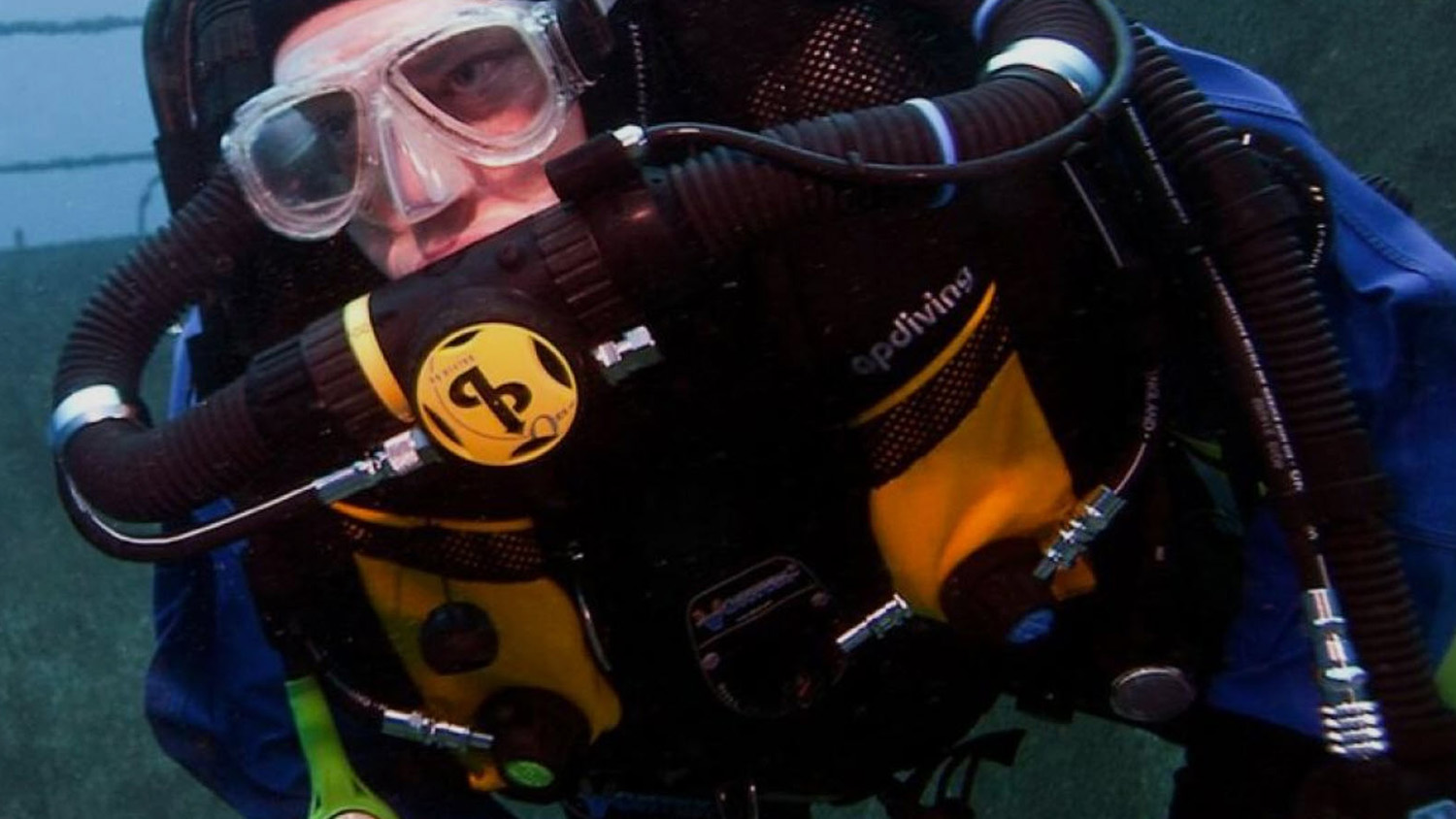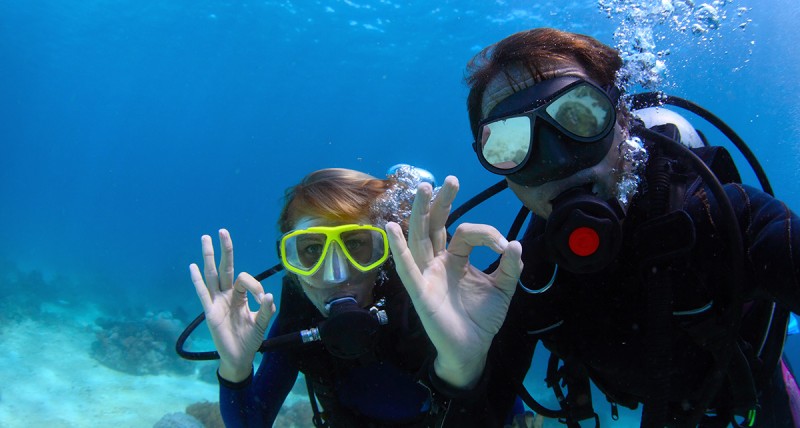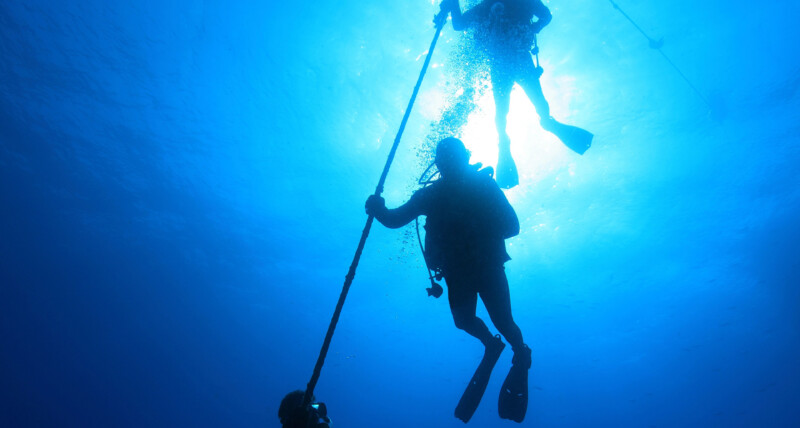(photo courtesy of PADI)
Becoming a PADI Rebreather Diver or Advanced Rebreather Diver is an exciting step for those who are passionate about underwater exploration and seek to extend their dive times, reduce bubble noise, and enjoy closer interactions with marine life. Rebreather diving is ideal for experienced divers who are looking to:
Extend Bottom Time: Rebreathers allow for longer dive times by recycling the air you breathe, making them perfect for deep or technical dives where extended bottom time is crucial.
Minimize Disturbance: Traditional open-circuit scuba equipment produces bubbles that can scare away marine life. Rebreathers, on the other hand, produce minimal bubbles, allowing you to get closer to shy or sensitive species, making it a great choice for underwater photographers and videographers.
Enjoy a Different Experience: Rebreather diving offers a different diving experience altogether. The quiet, bubble-free environment creates a more immersive experience, letting you feel truly part of the underwater world.
Explore Advanced Diving: If you’re interested in technical diving, cave diving, or exploring deep wrecks, rebreathers provide the efficiency and extended range needed for such activities.
Understanding Scuba Rebreather Equipment and Its Costs
Rebreather equipment is advanced scuba gear that recycles the air a diver breathes by removing carbon dioxide and replenishing oxygen. This process allows divers to stay underwater longer and with fewer bubbles, making it ideal for technical dives, underwater photography, and close encounters with marine life.
The primary components of a rebreather system include the breathing loop, scrubber (for CO2 removal), oxygen sensors, and a control system. There are two main types of rebreathers: closed-circuit rebreathers (CCR) and semi-closed circuit rebreathers (SCR). CCRs offer more efficient gas use and longer dive times but require more complex management and training. SCRs are simpler but still provide many of the same benefits, such as extended bottom times and reduced bubble emissions.
The cost of rebreather equipment can be significant, reflecting the complexity and advanced technology involved. For a new closed-circuit rebreather, you can expect to pay between $5,000 and $10,000, depending on the model and additional features. This cost does not include essential accessories like cylinders, bailout tanks, or a drysuit, which may also be necessary for rebreather diving. Given the investment, rebreather diving is typically pursued by serious divers who are looking to expand their diving capabilities.
The PADI Advanced Rebreather Diver Program
The PADI Advanced Rebreather Diver program is designed for divers who already have experience with rebreather systems and want to further enhance their skills. This course covers advanced rebreather diving techniques, including deep diving, managing decompression dives, and using trimix as a breathing gas. Divers learn to handle complex scenarios, such as dealing with equipment malfunctions and conducting dives with multiple rebreathers.
The program includes both knowledge development and practical training, typically requiring several dives to complete. By the end of the course, divers are prepared to safely and confidently explore deeper and more challenging environments using a rebreather. The PADI Advanced Rebreather Diver certification opens up a world of exploration, allowing divers to push the boundaries of their underwater adventures while maintaining the highest standards of safety and proficiency.
Why Consider Rebreather Diving?
Rebreather diving isn’t for everyone, but if you’re an experienced diver with a love for the underwater world, and you’re looking to push the boundaries of your diving experience, it might be the perfect next step. Proper training is essential, as rebreather diving requires a deeper understanding of equipment, gas management, and emergency procedures.
By becoming a PADI Rebreather Diver or Advanced Rebreather Diver, you’ll join an elite group of divers who are able to explore the underwater world in a way that’s more efficient, eco-friendly, and intimate. Whether you’re drawn to the extended dive times, the quiet experience, or the advanced technical aspects, rebreather diving opens up new possibilities for exploration and adventure.




